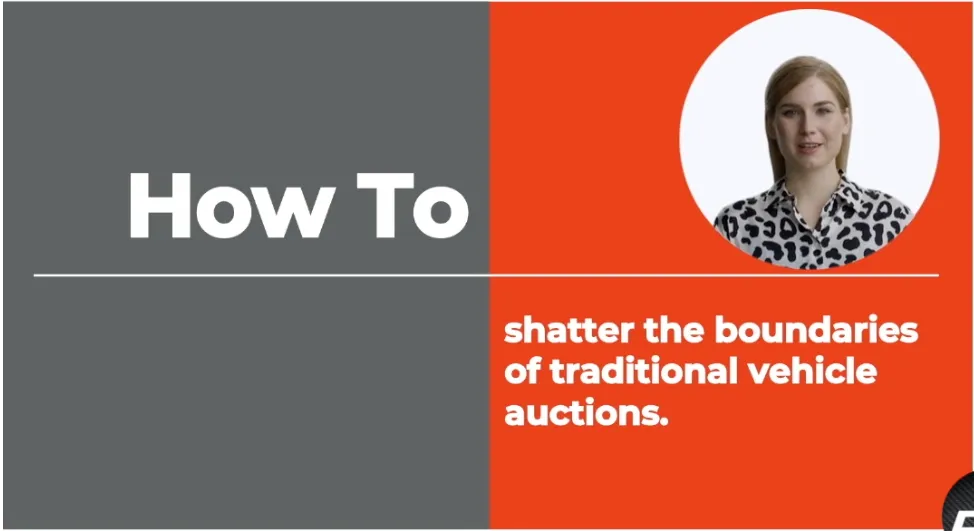Oops! This Page Hit a Red Light 🚦
We couldn't find what you were looking for - maybe it took a wrong turn?
But don’t worry, there's plenty more to explore!
Where to?
Or simply use the menu above to navigate anywhere you like.
We’re here to help you find your way!
Car auction software, SaaS built from the ground up, purely for online buying, selling and trading, uncompromised by physical auction processes for the autotrade.
Powered by 1nexus





